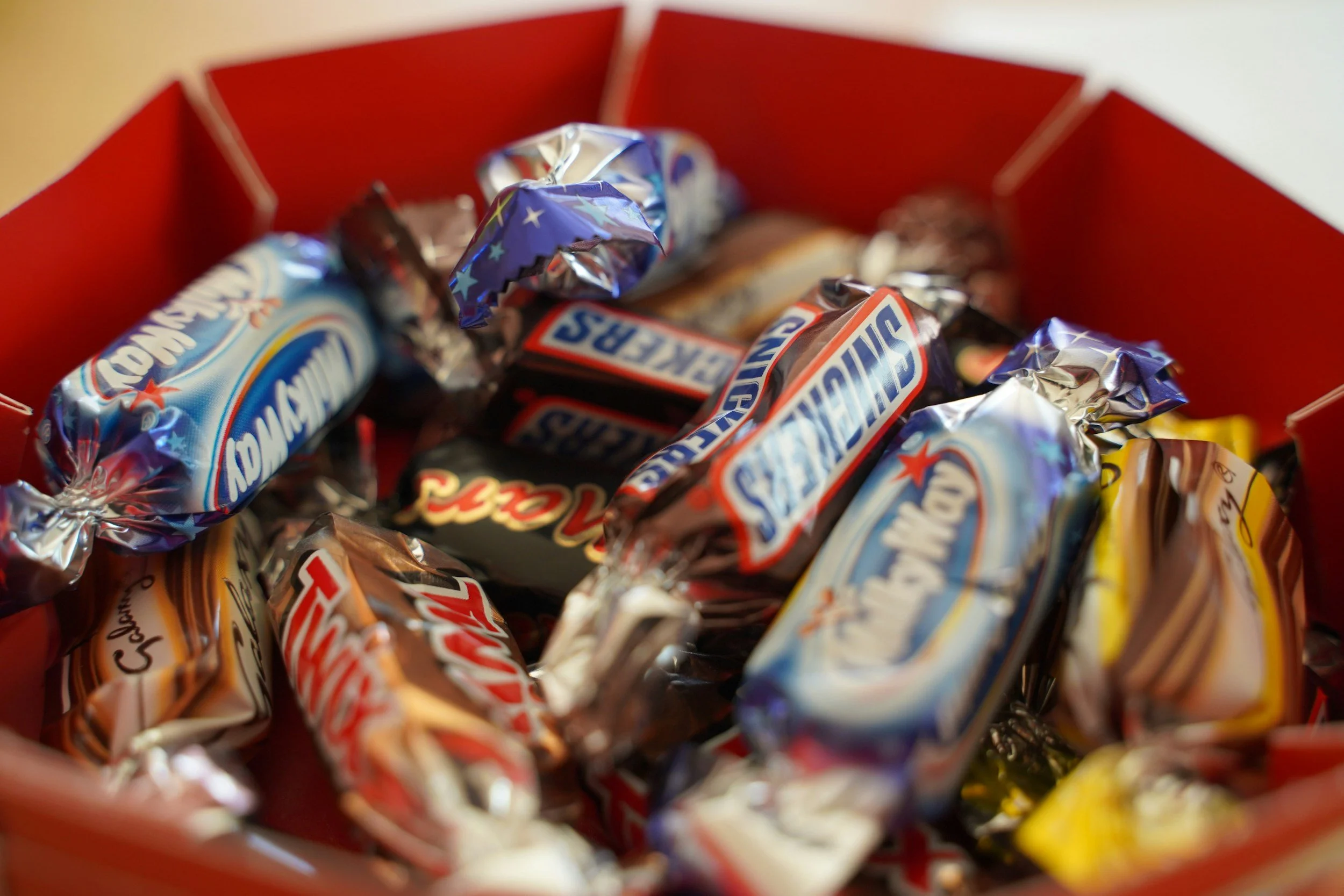Trick or Treat: Candy’s Hidden Plastic Trail
The food wrappers we toss may be haunting our environment long after Halloween…
The Ghosts of Food Packaging
Every Halloween, we expect monsters to hide in haunted houses, not in piles of food waste. But a new study from Iowa State University suggests that something far more unsettling may be slipping into the recycled food we feed animals or use as compost. As companies work to reduce landfill waste, they rely on machines called depackers to separate discarded food from its packaging. These machines make recycling faster and cleaner. Yet researchers found that as the food is stripped from its container, the process can generate tiny plastic fragments that end up mixed in with the recovered food itself.
The finding hits close to home at this time of year. Millions of candy wrappers, many made from the same flexible and rigid plastics tested in the study, will be tossed out after trick or treating. While most of them end up in the trash, some make their way into recycling or composting systems that use depackers. What happens next could be a reminder that even when our intentions are good, those shiny wrappers may come back in microscopic form.
How the Study Worked
Researchers recreated what happens inside a commercial food recycling system. They packed ordinary foods including bread, cereal, cookies, and protein bars into containers made from four common plastics: low density polyethylene, high density polyethylene, polypropylene, and polystyrene. To trace any plastic that might transfer during processing, they blended a harmless mineral called barium sulfate into each type of plastic. The mineral acted as a marker that could be measured later in the laboratory. The packaged foods were then processed through a full size depacker that separates food from packaging by mechanical force. Afterward, scientists analyzed the recovered food using a sensitive test called inductively coupled plasma optical emission spectroscopy to measure any barium and therefore estimate the amount of microplastic present. They also used a high-resolution microscope to examine the size and shape of any detected particles.
What They Found
Three of the four plastics, the flexible films used in bread bags, cereal liners, and protein bar wrappers, showed no measurable microplastics in the recovered food. But one stood out. When the study looked at cookies packed in polystyrene, the hard brittle plastic used for yogurt cups and cookie trays, they found significant contamination. The concentration reached more than 1,200 micrograms of barium sulfate per gram of food, equivalent to roughly a quarter of a gram of plastic for every gram of cookie tested. Under the microscope, the cookie samples contained visible microplastic fragments ranging from one to one hundred micrometers in size.
Particle size distribution and image analysis for polystyrene microplastic in cookies: (a) PS-BaSO4 microplastic (b) purchased standard microplastic (c) particle size distribution of microplastic. (Beigmohammadi et al., 2025)
Why It Matters
The difference came down to the physical properties of the packaging. Flexible plastics bend and can be pulled apart without shattering, but rigid plastics like polystyrene break easily. Inside the depacker, that brittleness caused the containers to fracture and release plastic shards into the food stream. The study suggests that when food waste is recycled for compost or animal feed, the type of packaging material plays a critical role in whether microplastics are generated. The researchers note that while manufacturers often claim depackers can achieve more than 99 percent purity in the recovered food, microscopic contamination can still occur, especially from harder packaging materials. Similar materials are also used in many types of candy wrappers, which could pose the same risks if they enter mechanical recycling or composting systems.
How You Can Help
Microplastics do not disappear when they leave the recycling line. They move through soil, water, and even the food chain, making reducing them from their source the most effective solution to this crisis. CLEANR’s microplastic filter for washing machines captures over 90 percent of shed fibers before they enter waterways, preventing the cycle from continuing downstream. Small steps at home, such as avoiding plastic food packaging and installing a washing machine filter, can help stop this hidden form of pollution before it spreads further into the environment.
Sources
Beigmohammadi, F., Early, M., Updegraff, K., Pham, T., Curtzwiler, G., Edhlund, I., & Vorst, K. (2025). Microplastic residue in recycled food co-products from mechanical depacking systems: a simulation study for animal food. Waste Management, 208, 115166. https://doi.org/10.1016/j.wasman.2025.115166






